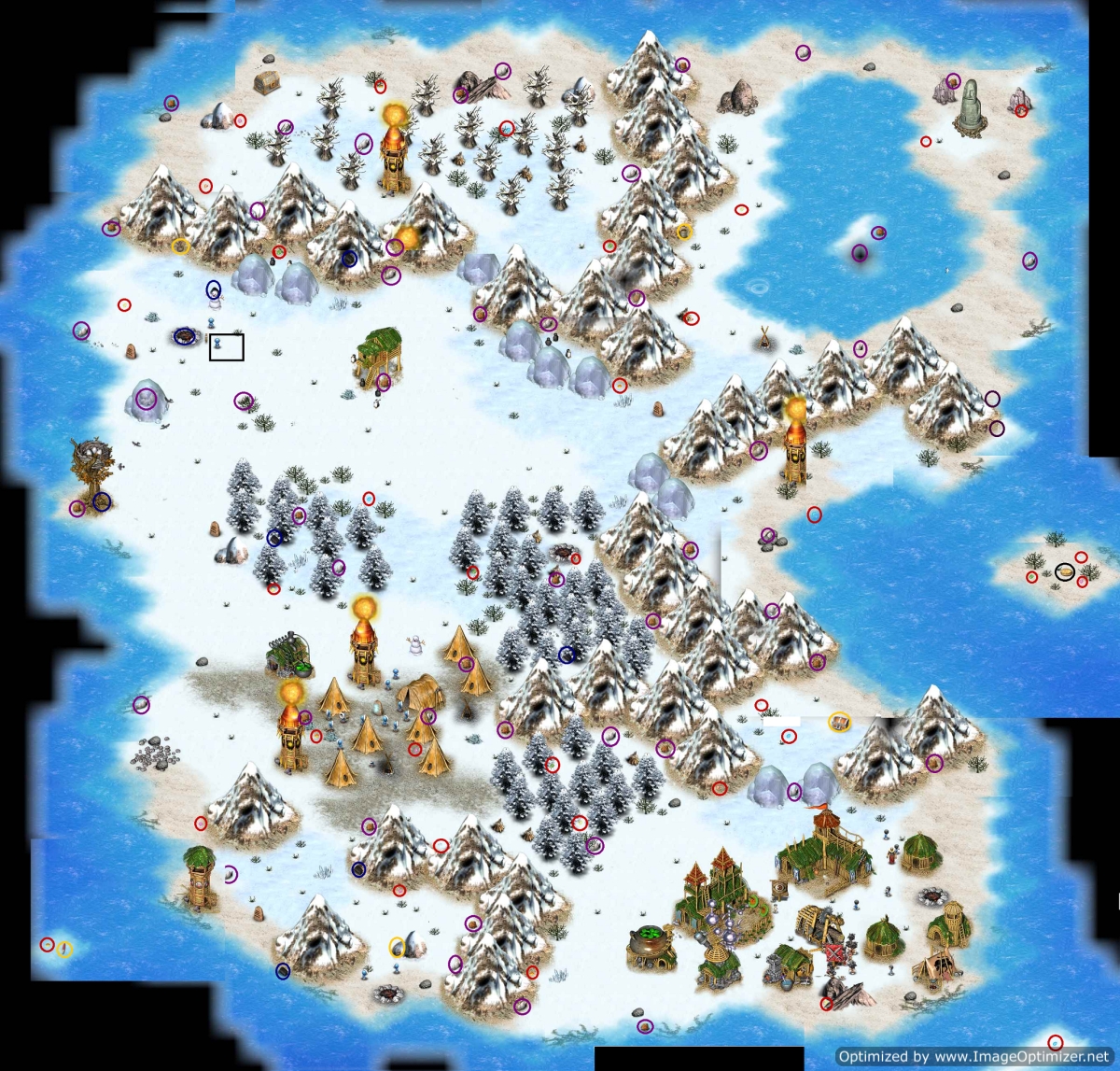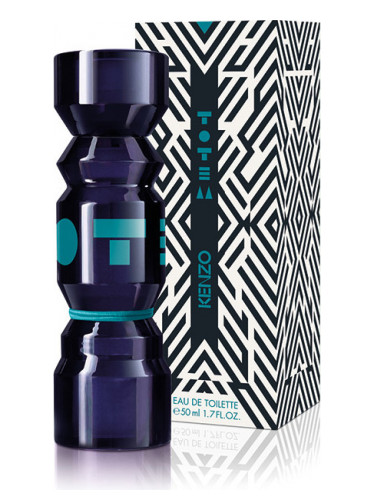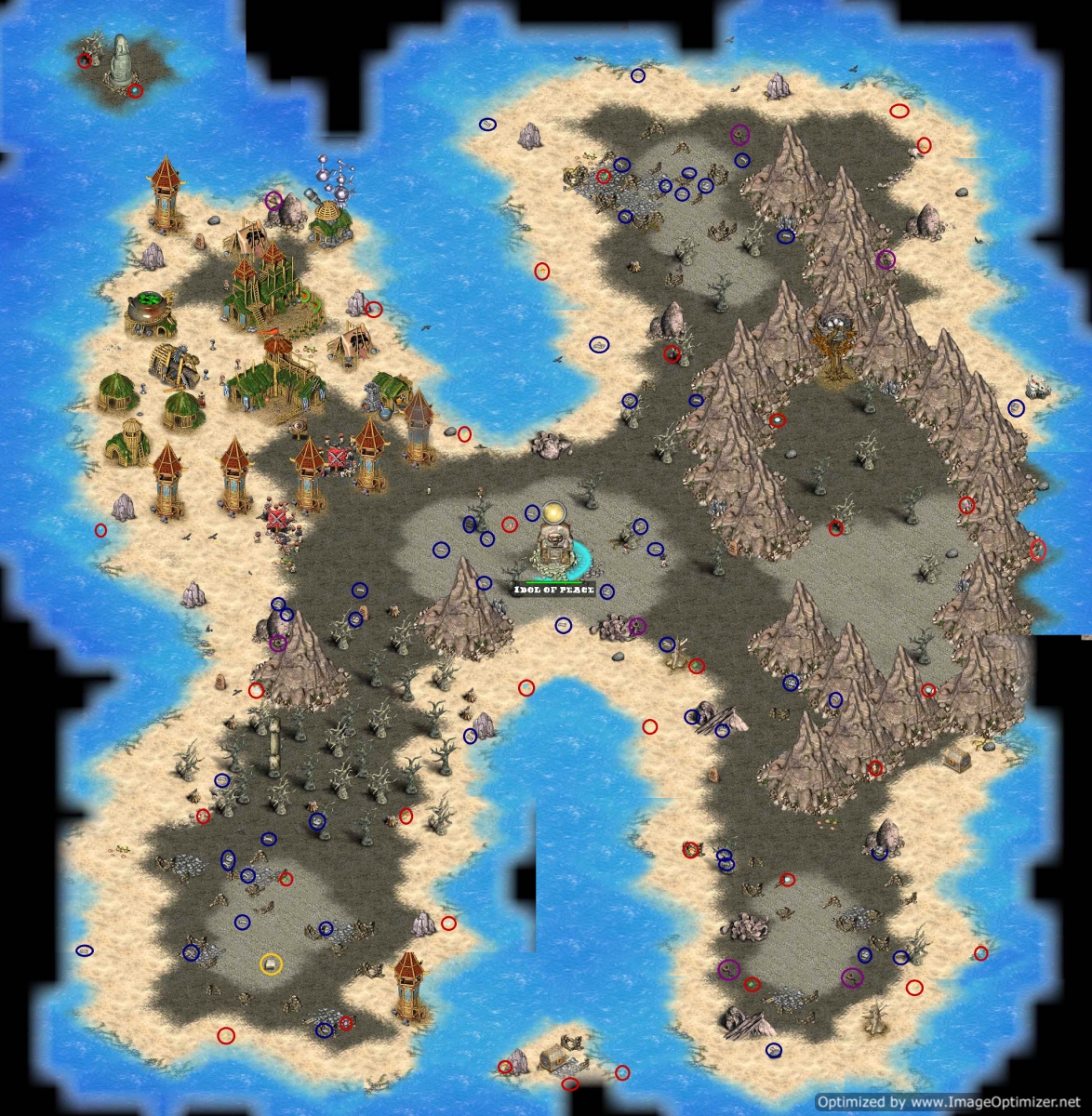


Pompoms and Boho Golden Alloy Multi Strand Necklace Multicolor Tassels.2. The Symbol Of Primitive Tribe Totem Fenny Packs Waist Bags Adjustable Belt. The tree is shade-tolerant and able to reproduce under dense shade. In addition to growing in lush forests and mountainsides, western redcedar is also a riparian tree, growing in many forested swamps and streambanks in its range. It is found at the elevation range of sea level to a maximum of 2,290 m (7,510 ft) above sea level at Crater Lake in Oregon.
5.tribe of cultivators and landholders in Chota Nagpur and Southern Behar. Put collected water run in gate to open. Shark Archipelago - Open chest behind gate. Give the scrolls to the scholar at the Hall of Mysteries. Volcano Island - Solve the light puzzles (3 puzzles total) to receive 3 pieces of scroll.
Description Thuja plicata is a large to very large tree, ranging up to 65 to 70 m (210 to 230 ft) tall and 3 to 7 m (10 to 23 ft) in trunk diameter. The species is naturalized in Britain. It has been introduced to other temperate zones, including western Europe, Australia (at least as far north as Sydney), New Zealand, the eastern United States (at least as far north as Central New York), and higher elevations of Hawaii.
The individual leaves are 1 to 4 mm (0.04 to 0.16 in) long and 1 to 2 mm (0.04 to 0.08 in) broad on most foliage sprays, but up to 12 mm (0.5 in) long on strong-growing lead shoots. The foliage sprays are green above and green marked with whitish stomatal bands below they are strongly aromatic, with a scent reminiscent of pineapple when crushed. The foliage forms flat sprays with scale-like leaves in opposite pairs, with successive pairs at 90 degrees to each other. It is long-lived some individuals can live well over a thousand years, with the oldest verified being 1460 years.
Most authorities, both in Canada and the United States cite the English name in two words as western redcedar, or occasionally hyphenated as western red-cedar, to indicate it is not a true cedar ( Cedrus), but it is also cited as western red cedar in some popular works. The species name plicata derives from the Latin word plicāre and means 'folded in plaits' or 'braided,' a reference to the pattern of its small leaves. Western red-cedars on Keats Island, British Columbia, in May 2017Thuja plicata is one of two Thuja species native to North America, the other being Thuja occidentalis. The pollen cones are 3 to 4 mm (0.12 to 0.16 in) long, red or purple at first, and shed yellow pollen in spring. The seeds are 4 to 5 mm (0.16 to 0.20 in) long and 1 mm (0.04 in) broad, with a narrow papery wing down each side. They are green to yellow-green, ripening brown in fall about six months after pollination, and open at maturity to shed the seeds.
Thuja plicata is a host to several destructive insect species such as the western cedar borer, cedar bark beetle, gall midge, and conifer seedling weevils. It is used as a nest tree by cavity-nesting bird species such as yellow-bellied sapsuckers, hairy woodpeckers, tree swallows, chestnut-backed chickadees, and Vaux's swifts. The seeds are eaten by birds and rodents.Western redcedar provides cover for bears, raccoons, skunks, and other animals which nest inside trunk cavities. One endonymous name for the tree is the Halkomelem word xepá:y, from the roots xíp, meaning 'scratch' or 'line', and á:y, 'bark' the former root may be in reference to both the lined or "folded/braided" appearance of the bark and the tree's ubiquity in carving and other forms of woodwork.Ecology Use by wildlife Western redcedar foliage, especially that of saplings, is an important food source year-round for browsing ungulates such as Roosevelt elk and black-tailed deer, especially during the winter months when little else is available. Arborvitae comes from the Latin for 'tree of life' coincidentally, Native Americans of the West coast also address the species as "long life maker". Other names include giant redcedar, Pacific redcedar, shinglewood, British Columbia cedar, canoe cedar, and red cedar.
Weirii, the fungus which causes the disease laminated root rot, redcedar is rated as resistant while other conifers are rated as highly susceptible or susceptible. While western redcedar is a host to P. Pathology Western redcedar shows susceptibility of varying degrees to the following soil pathogens: Armillaria ostoyae, Fomitopsis pinicola, Heterobasidion annosum, Phaeolus schweinitzii, Phellinus weirii, Rhizinia undulata, and Postia sericeomollis. The intervals between fires within western redcedar stands tend to be very long, from 50 up to 350 years or more. Smaller trees are commonly killed by fire, but larger specimens often survive due to their size if they are not completely girdled. It will readily establish and grow in the shade of other, less shade-tolerant species such as red alder, black cottonwood, or Douglas-fir, and prevent seedlings of those species from establishing themselves in its shade.It is considered to have low to moderate fire resistance, as its thin bark, shallow roots, low dense branching habit, and flammable foliage confer little protection.

Ostoyae than other conifer species. Weirii, western redcedar is also less susceptible to H. Sericeomollis tends to cause rings or pockets of decay in the lower bole. Rather than forming a single column of decay in the heartwood, though, P.
The Quinault Lake Redcedar was 174 feet (53 m) tall with a diameter of 19.5 feet (5.9 m) at breast height. Located near the northwest shore of Lake Quinault north of Aberdeen, Washington, about 34 km (21 mi) from the Pacific Ocean, it was one-third the volume of the largest known tree, a giant sequoia named " General Sherman". The "Quinault Lake Redcedar" was the largest known western redcedar in the world, with a wood volume of 17,650 cubic feet (500 m 3). The tallest known individual is the Willaby Creek Tree south of Lake Quinault, 195 feet (59 m) in height. Notable specimens The "Quinault Lake Redcedar" was the largest western redcedar in the world.The largest living specimen is the Cheewhat Giant, in Pacific Rim National Park Reserve on Vancouver Island, at 15,870 cubic feet (450 m 3). Because of these natural defenses, it has been suggested that western redcedar may serve as a suitable alternative to other conifers when regenerating a site affected by these pathogens.
That tree now lies in "Giant's Grave", a self-dug 'grave' created by the force of its own impact. A redcedar over 71 m (233 ft) tall, 4.5 m (15 ft) in diameter, and over 700 years old stood in Cathedral Grove on Vancouver Island, British Columbia, before it was set on fire and destroyed by vandals in 1972. The fifth known largest was the Kalaloch Cedar in the Olympic National Park, at 12,370 cubic feet (350 m 3), until it was destroyed by storm in March 2014.
In larger boats it is often used in sandwich construction between two layers of epoxy resin and/or fibreglass or similar products. It is commonly used for the framing and longwood in lightweight sail boats and kayaks. It is valued for its distinct appearance, aroma, and its high natural resistance to decay, being extensively used for outdoor construction in the form of posts, decking, shingles, and siding.
It glues well with epoxy resin or resorcinol adhesive.The wood typically used as an insect-repelling closet lining and to make cedar chests is a different species, Juniperus virginiana (also known as red cedar). For its weight it is quite strong but can be brittle.


 0 kommentar(er)
0 kommentar(er)
